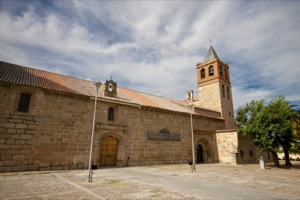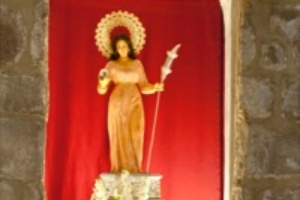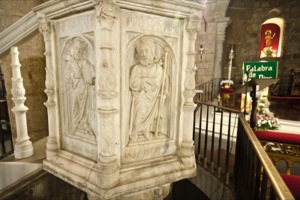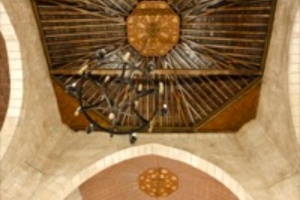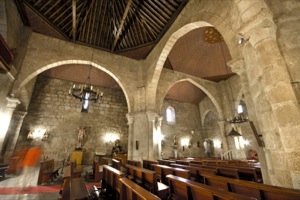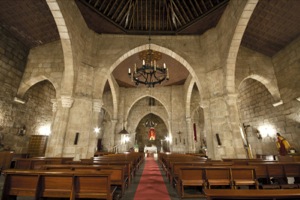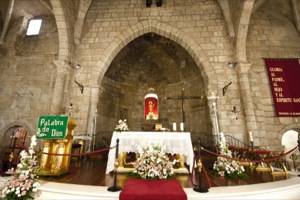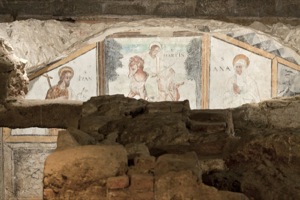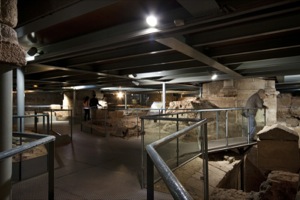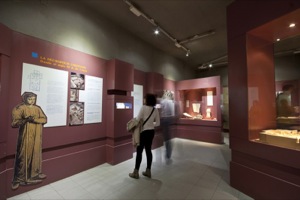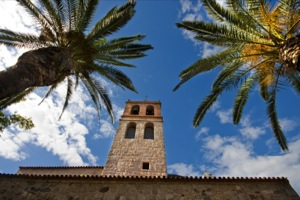Art and culture
Basilica of Santa Eulalia
A space included in the archaeological complex of Mérida, and a showcase within the regional capital as it contains the town's patron.
- Explore
- Basilica of Santa Eulalia
The fruit of many centuries of turbulent history
Location and Contact:
- Contact person: Tourist Information Office
- Tel.:+34 924 38 01 90
- Email: info@turismomerida.org
- Website address: www.turismomerida.org
-
A space included in the archaeological complex of Mérida, and a showcase within the regional capital as it contains the town's patron.
The present basilica of Santa Eulalia was built on the remains of a former Paleo-Christian basilica after the town was reconquered in 1230. Its physiognomy, and more specifically its design, in which the structure of the early church from the Visigoth era endures, is that of a basilica, with three naves corresponding to several chapels at the transept.
One of the most outstanding elements of this Romanesque-style church is the splayed doorway with horseshoe arch to which archivolts and small columns with capitals decorated with plant motifs and birds were adjoined.
Gothic and Baroque characters can also be seen in the church, as in the case of the doorway and a chapel.
After the renovation work carried out in the late 20th century the basilica became a showcase of the town's twenty centuries of history. With good reason the house of the patron of Mérida, the martyr Santa Eulalia, which you can visit in the Temple of Mars, is the oratory known popularly as "hornito", a tiny building located in the atrium of the basilica.
One extremely interesting visit is that of the crypt of the basilica, where burials from different ages are preserved.
-
- Origin:
-
- 13th century
- Construction:
-
- Church
- Art period:
-
- Visigoth
- Period in history:
-
- Various periods
- Various styles
- Official name :
-
- Property of Cultural Interest
Gallery:
More suggestions
-
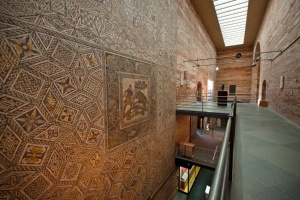
National Roman Art Museum in Mérida
The National Roman Art Museum (MNAR) shows the visitor different sides of daily life in the province of Hispania.
-
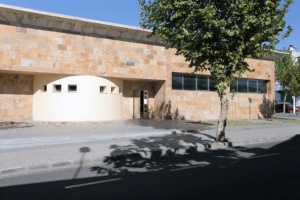
Extremadura Geology Museum
Its collection has made this museum one of the most important of its kind.
-
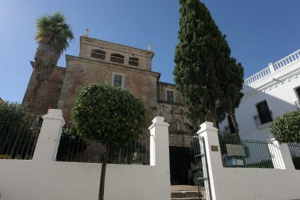
Museum of Visigoth Art and Culture
The collection of Visigoth pieces in this museum brings together relics from Mérida from the 4th-8th centuries, as the capital of the Diocesis Hispaniarum and as the metropolitan capital of the province of Lusitania
-
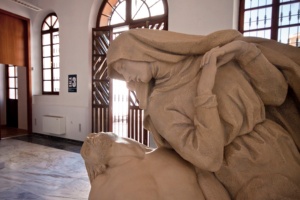
Museum of Mérida
The Museum of the Town of Mérida houses a collection on the Mérida-born sculptor and other pieces that take one on a route through the town's history.
-
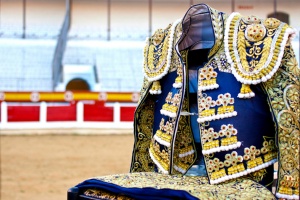
Mérida Bullring
Mérida is traditionally a bullfighting town, but the current bullring was not built until the 20th century.
-
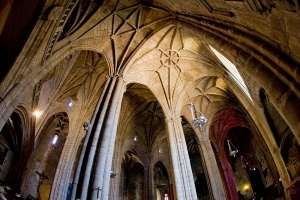
Xenodoquio
This 6th-century Visigothic architectural site was used as a hostel and hospital by pilgrims and the poor.
-
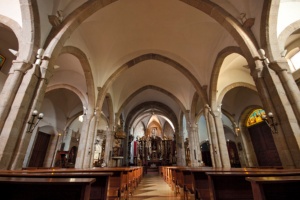
Church cathedral of Santa María la Mayor
The successor of the former cathedral, the church cathedral of Santa María la Mayor is in the town of Mérida, in the middle of the Plaza de España.
-
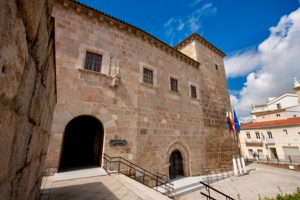
Conventual Santiaguista de Mérida
On your tour of Mérida you can include a visit to this 15th-century building which now houses the presidency of the government of Extremadura.
-

Ice well
Ever since its remains were found in 1920, the ruin known as El Pozo de la Nieve (the ice well) in Mérida has been the object of research in order to find out what the real reason for its construction was.
-
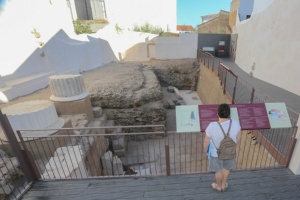
Temple of imperial Worship
Archaeological remains can be admired from the street at all times.

